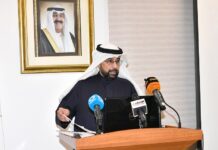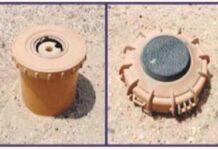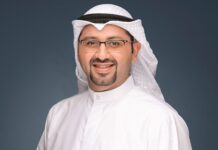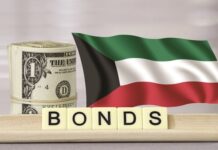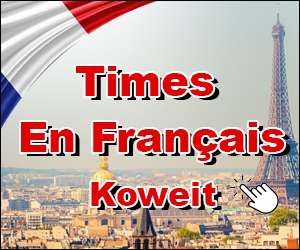As part of its plan to transform the country into an international business and financial hub, the State of Kuwait is working on developing the tourism sector in line with the ‘New Kuwait’ or ‘Vision 2035’.
The strategic plan for tourism will aim at developing Kuwaiti Islands and the northern region of the country to attract visitors from all around the globe. The geography of Kuwait’s islands provides many opportunities for investments and development by local and international business personnel. One of the most important ventures is to develop the locally well-known Island of Failka and re-introduce it to the region and the world.
In 1982, a tourism resort was opened on Failka to invite visitors to observe and appreciate the relics and areas dating back to thousands of years. Various Kuwaiti families also inhabited the Island.
The current plan for the Island focuses on reinvigorating the tourism scene in the Island to place it on the map of the must-see touristic locations in the State of Kuwait. Back to the mainland, Al-Mubarakiya Souk is renowned for being one of the oldest existing markets in the country, attracting visitors coming from far and wide.
The old architecture of the souk is one of the chief reasons people continuously visit the market, as if Al- Mubarakiya is channeling the old Kuwait amidst an ever-growing landscape of modern buildings and constructions in Kuwait City. If old exotic markets did not hit the spot, high-end shopping malls such as the Avenues, the 360 mall, the Gate, Al-Kout, and others will surely satisfy the need of visitors and tourists.
For something a little bit nostalgic, tourists – familiar with Kuwait during the late-1970s onwards – will know of the north and south Al-Negra shopping complexes in Hawalli area as well as Al-Salehiya and Al-Munthanna shopping complexes in Kuwait City. On the coastline, several important landmarks – namely Kuwait Towers, the Grand Mosque, and the Green Island – greet visitors to the country along with Marina and Sharq Malls and various restaurant franchises.
Also on the coastline is the Kuwait scientific center, opened on 7 April, 2000, with its numerous facilities, dining options, and entertainment services for the young and the old. People looking to satisfy their cultural wants should visit locations such as the Red Fort in Jahra governorate, Seif Palace and Kuwait National Museum in Kuwait city, Al-Othman Museum in Hawalli, the Historical, Vintage, and Classical Cars Museum in Shuwaikh Industrial area, or the Tareq Rajab Museum of Islamic Calligraphy in Al-Jabriya.
In addition, the Jaber Al-Ahmad Cultural Center (JACC) – opened on 31 October, 2016 – and the Abdullah Al- Salem Cultural Center (ASCC) – opened on 5 February, 2018 – have been hailed as significant leaps in boosting the cultural scene in Kuwait.
The two establishments offer services to attendees and visitors whether learning about the history of the earth at the science museum in the ASCC or enjoying an evening of musical performances by renowned global artists in the JACC. For an outdoor experience, people from Kuwait, the region, and the world could enjoy their time at Al-Shaheed Park – home for greeneries, fountains, breathtaking sculptures, and above all a spectacular view of Kuwait city during the evening.
Since independence in 1962, Kuwait took special care to build infrastructure catering to the needs to tourists from around the globe while in recent decades Kuwait launched its ‘Hala February’ festival, an initiative aimed at boosting the tourism sector in the country.
In 2018, His Highness the Amir Sheikh Sabah Al-Ahmad Al-Jaber Al-Sabah launched the Kuwait Vision 2035. Amongst the important aspect of the strategy was the opening of Terminal 4 (T4) at Kuwait International Airport, which led to an increase of passengers to 14 million last year.
Bolstering the tourism sector in Kuwait, according to government estimates, will create 90,000 job opportunities for the youth by 2035, making a direct and indirect impact on the touristic national gross product to around two percent with the possibility of going to four percent through attracting foreign investments.





